Anyone can grow vegetables. You don’t need an allotment, a large garden, or a garden at all. Food can be grown anywhere, on windowsills, in pots, or on balconies.
If you don’t have a garden, salad leaves, spring onions, cress, herbs and radish can easily be grown in small pots on a sunny windowsill, just remember to keep turning the plants as they will lean towards the light.
All you really need to start growing your own vegetables is:
- pots
- good quality seeds
- good quality compost.
Larger plants can also be grown indoors, I’ve known people who have successfully grown tomatoes, courgettes, potatoes and other veg in pots and trugs indoors.
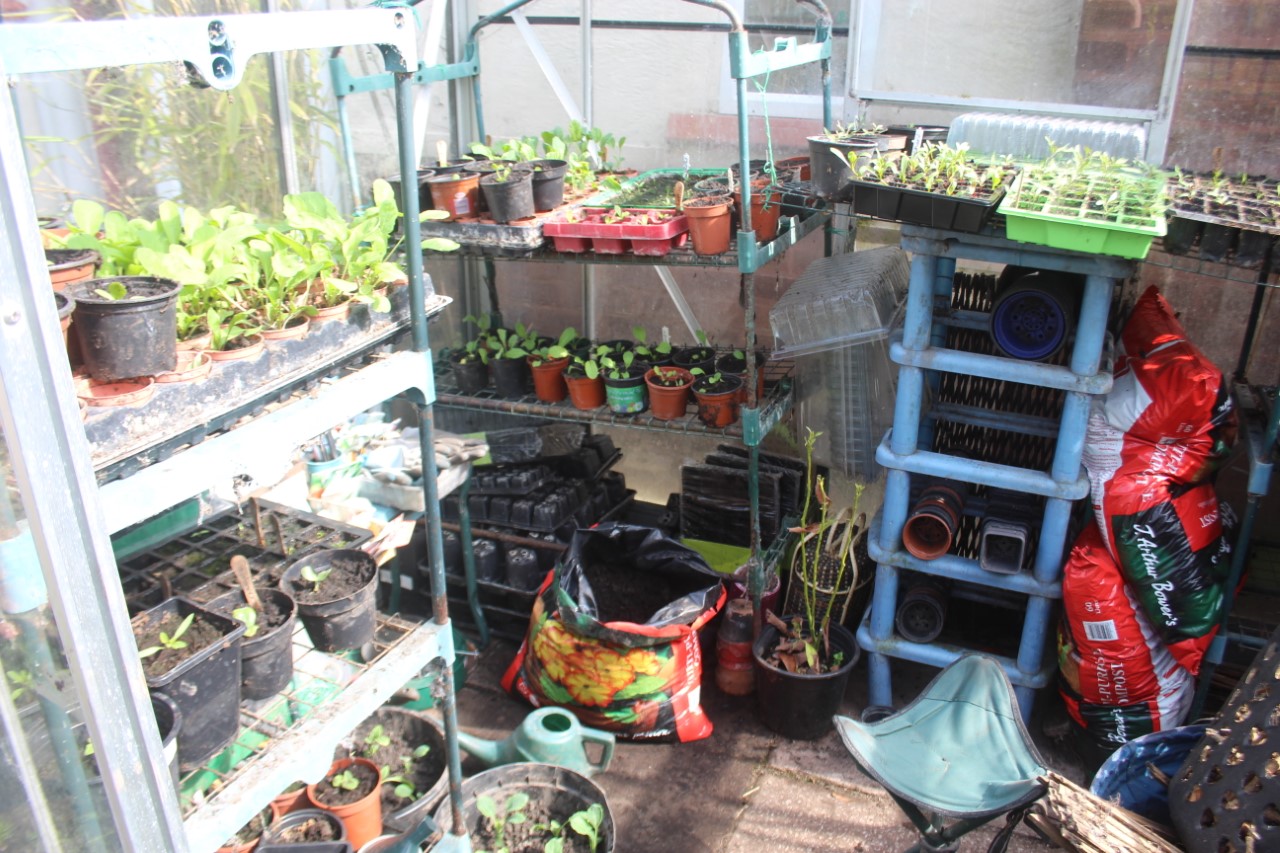
Why grow your own vegetables?
If you’ve never tasted home grown vegetables, you will be surprised at how different they taste from store bought. They are bursting with flavour, are far sweeter and simply scream fresh.
Beginners guide to growing vegetables and where to start
First of all, you need to think carefully about where your veggies will be growing: look for a sunny location as most veggies roughly need about six hours of sunlight each day in order to flourish.
Check the soil, if it’s rock hard, work it until it’s loose, ensuring good drainage. If it’s sandy, enrich it with topsoil or good quality compost or horse manure. Water should never collect on the top of the soil or drain away too quickly.
Make sure your plants will be growing in a stable environment that doesn’t flood, or get too hot, also think about exposed areas where strong winds could damage plants.
How much space do you need to grow your own vegetables?
Normally, I would say start with a small veggie patch, but these are not normal times. Now, my advice would be to use as much space as you can as there is already talk of a shortage of people to pick crops in the UK which could result in food shortages.
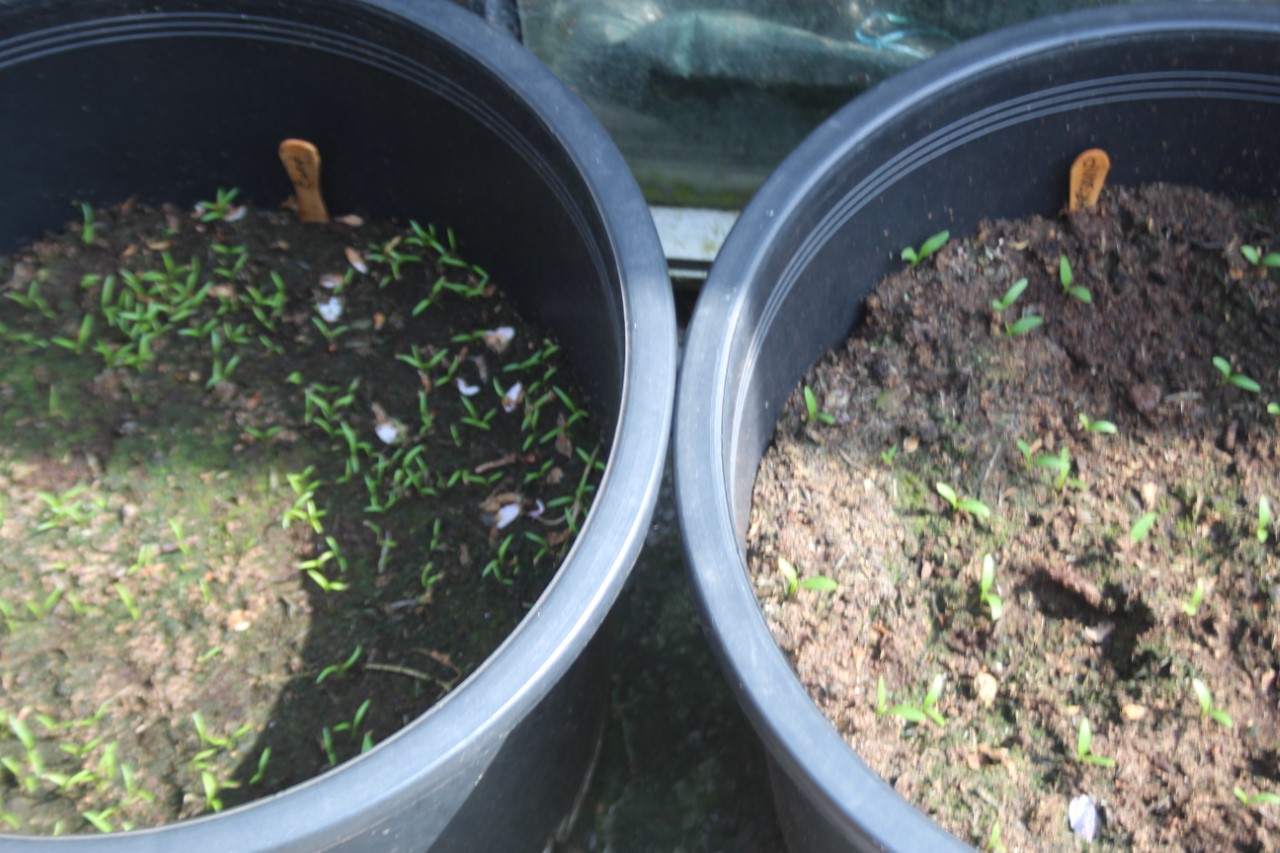
What vegetables should I grow?
Before this outbreak, I would have suggested people grow what they like to eat. Now, without a doubt I’d be suggesting staples. Potatoes, carrots, onions, courgettes, runner beans, kale, spinach, peppers, chillies and herbs.
Most herbs grow like weeds, they like poor soil, and loathe over-watering. Chives, sage, oregano and thyme are good herbs to grow in sunny spots with good drainage.
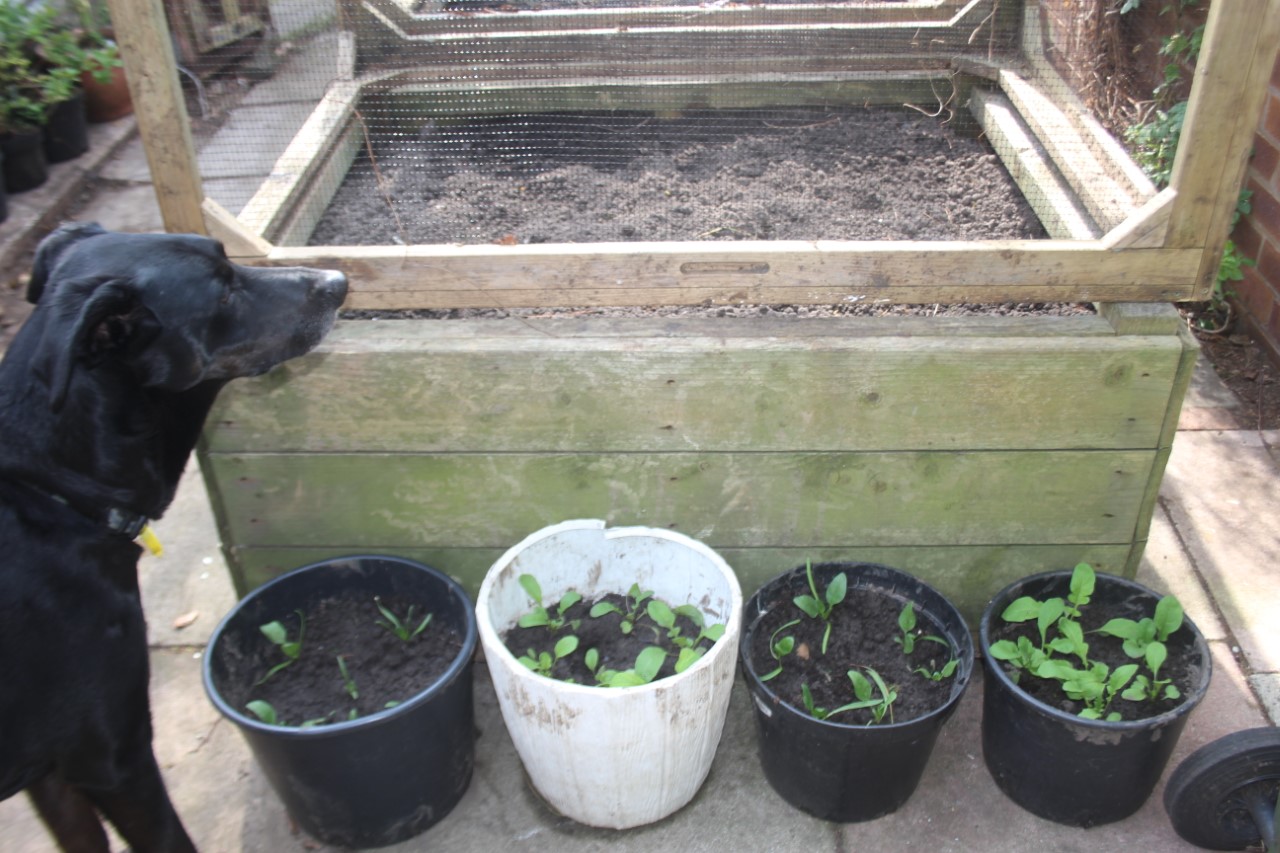
You need a LOT of pea and bean plants to produce a single bowl of peas or beans so I would advise against growing those.
If you don’t have much space, grow potatoes, they’re such an easy plant to grow. Buy a pack of seed potatoes, and leave them on a windowsill or in a greenhouse until growth spurs appear…this is called chitting the potatoes. If you can’t buy any, use the ones you have at home and do the same. Once the growth spurs are out, plant them. April particularly is the perfect time to plant potatoes.
Brassicas, such as cabbages, cauliflowers and broccoli are all large plants and take up a lot of room. They also require covering as they will be eaten alive by cabbage white butterflies and devoured by pigeons. However, I would definitely recommend growing kale though as these plants don’t take up too much room and are a super food that can be used in anything. But remember, you have to to cover them: any type of mesh will do, as long as it keeps the butterflies out.
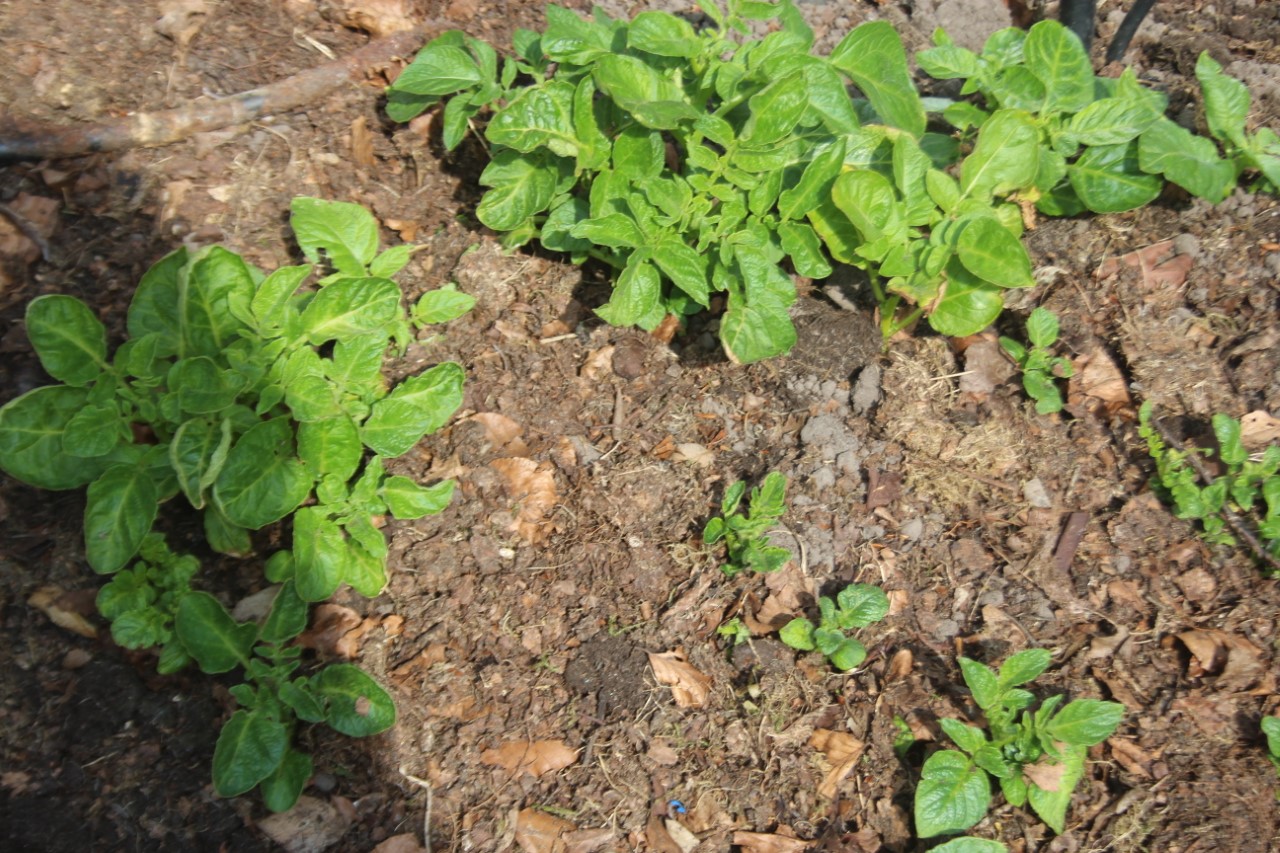
And Finally…
Always follow the instructions on the back of all seed packets/labels. Don’t try to plant out seedlings too early or cram plants to close together.
Google companion planting, putting flowers amongst the veggies deters pests. Marigolds are worth their weight in gold.
Treat your plants as you would a dependent child, water them, feed them, nurture them and they will thrive.
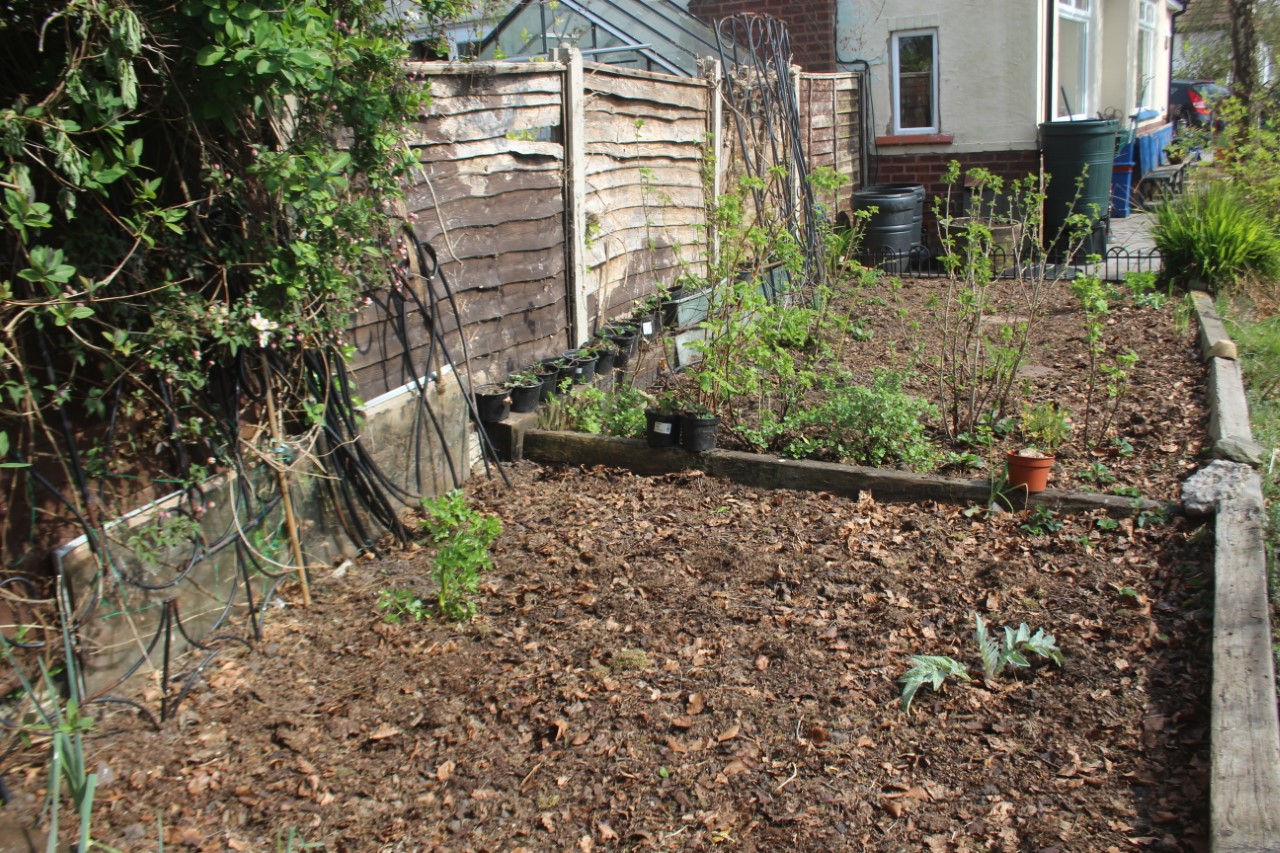
Follow @gardenswildlife/ for more advice and beginners guide to growing vegetables.
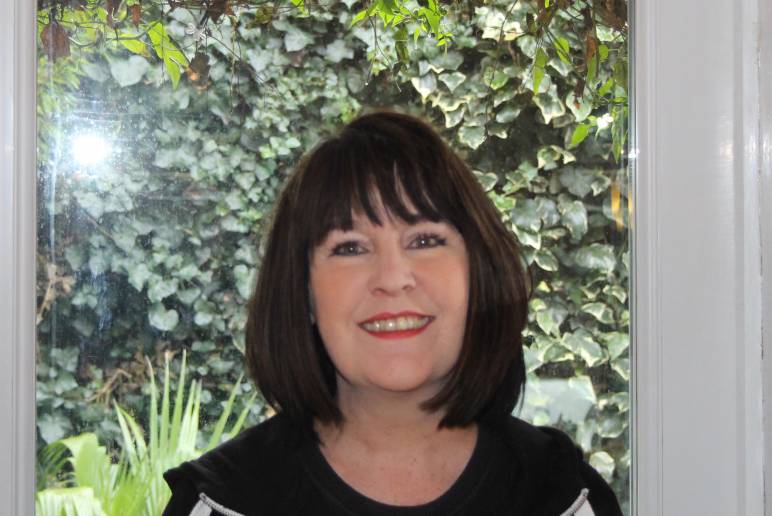
When it comes to anything to do with gardens and wildlife, Dina is your woman. From growing your own veg to making your garden the perfect haven for UK wildlife, follow Dina’s top tips.